 Plum Bayou Project Farmer
Plum Bayou Project Farmer
Entry Type: Place
 Plum Bayou Project Farmer
Plum Bayou Project Farmer
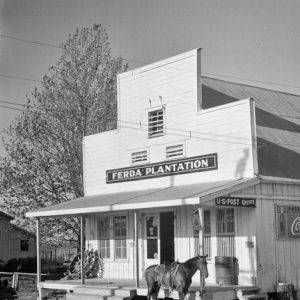 Plum Bayou Project Buildings
Plum Bayou Project Buildings
 Plum Bayou Restoration
Plum Bayou Restoration
 Plum Bayou Restoration
Plum Bayou Restoration
 Plumerville Municipal Building
Plumerville Municipal Building
Plumerville (Conway County)
 Plumerville School Building
Plumerville School Building
 Plummer House Location
Plummer House Location
Pocahontas (Randolph County)
Pocahontas Commercial Historic District
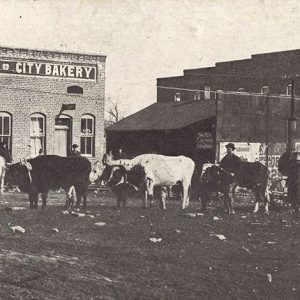 Pocahontas Courthouse Square
Pocahontas Courthouse Square
 Pocahontas Courthouse Square
Pocahontas Courthouse Square
 Pocahontas Post Office
Pocahontas Post Office
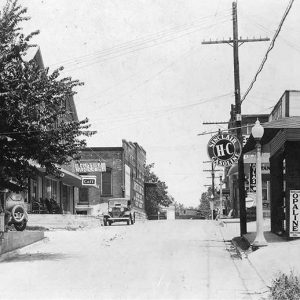 Pocahontas Street Scene
Pocahontas Street Scene
Poinsett County
 Poinsett County Courthouse
Poinsett County Courthouse
Point Cedar (Hot Spring County)
 Point Remove Park
Point Remove Park
Point Remove (Conway County)
Poison Spring Battleground State Park
 Poison Spring Fire Tower
Poison Spring Fire Tower
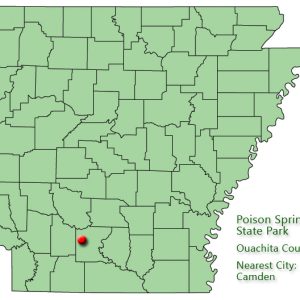 Poison Spring State Park: Park Location
Poison Spring State Park: Park Location
 Poison Springs State Forest Sand Barren & Oak-Pine Forest Preserve
Poison Springs State Forest Sand Barren & Oak-Pine Forest Preserve
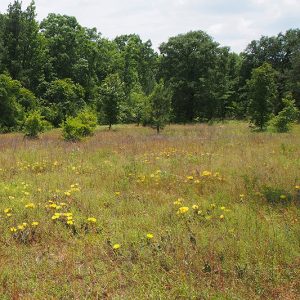 Poison Springs State Forest Sand Barren & Oak-Pine Forest Preserve
Poison Springs State Forest Sand Barren & Oak-Pine Forest Preserve
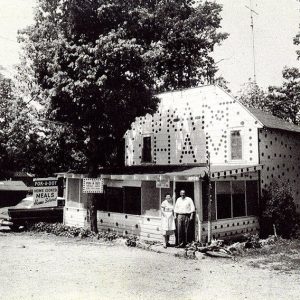 Pok-A-Dot Restaurant
Pok-A-Dot Restaurant
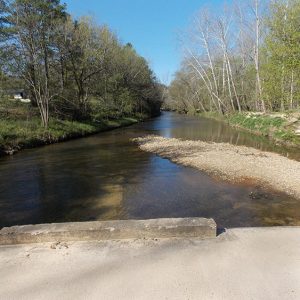 Poke Bayou
Poke Bayou
 Poke Bayou
Poke Bayou
Poke Bayou (Sharp County)
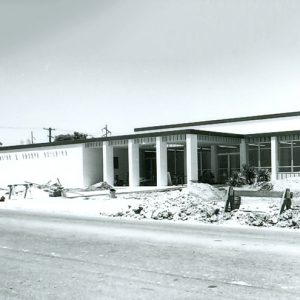 Police and Court Building
Police and Court Building
 Polk Bayou Bridge
Polk Bayou Bridge
Polk County
 Polk County Courthouse
Polk County Courthouse
Pollard (Clay County)
 Pollard Street Scene
Pollard Street Scene
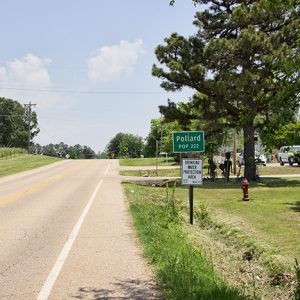 Pollard Street Scene
Pollard Street Scene
 Ponca Church
Ponca Church
 Ponca Post Office
Ponca Post Office
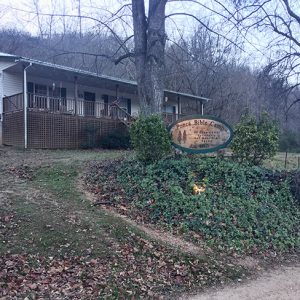 Ponca Bible Camp
Ponca Bible Camp
 Ponca Elk Education Center
Ponca Elk Education Center
Ponca Elk Education Center
Pond Creek National Wildlife Refuge
 Poor Farm Cemetery
Poor Farm Cemetery
 Poor Farm Cemetery
Poor Farm Cemetery
Pope County
 Pope County Courthouse
Pope County Courthouse
 Poplar Street
Poplar Street
Portia (Lawrence County)
 Portia Bay
Portia Bay
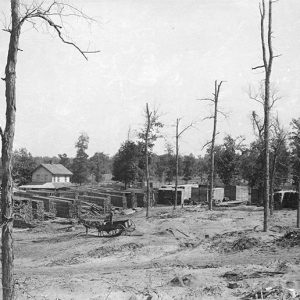 Portia Lumber Co.
Portia Lumber Co.
 Portia Lumber Company
Portia Lumber Company




